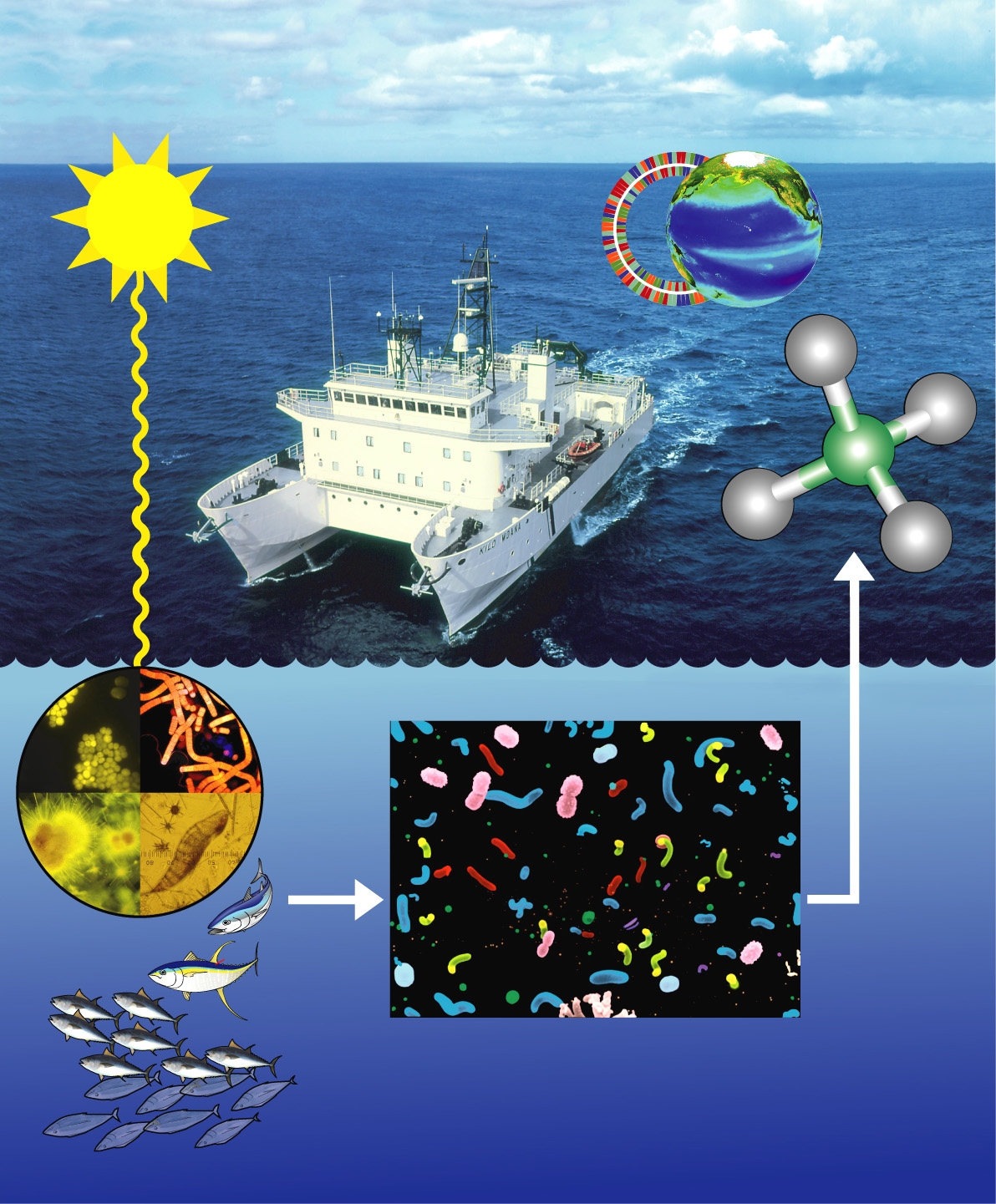NSF's public investment in science, engineering, education and technology
helps to create knowledge and sustain prosperity. Read here about the Internet,
microbursts, Web browsers, extrasolar planets, and more... a panoply of discoveries
and innovations that began with NSF support.
 |
 |
'Gone Bats' Over Aeroecology
New scientific discipline studies bats, birds, other animals in atmosphere closest to Earth's surface
Released
October 28, 2008
|
 |
 |
 |
The Bizarre Creatures of Madagascar
Paleontologist David Krause describes his search for the ancestors of mammals that live in Madagascar today
Released
September 24, 2008
|
 |
 |
 |
Bones in Lava Tubes Reveal Hawaii's Natural History
Michigan State University's Matthew Cimitile describes a Hawaiian adventure exploring lava tubes in search of bird bones from endangered and extinct species
Released
August 22, 2008
|
 |
 |
 |
A Thousand Points of Light: Bioluminescent Fungi
San Francisco State University Mycologist Dennis Desjardin Takes Readers Along on a Nocturnal Hike in a Brazilian Forest to Find Glowing Mushrooms
Released
August 15, 2008
|
 |
 |
 |
Crumbling Walls of Ancient Chesapeake Bay Crater Threaten Regional Groundwater Supplies
Saltwater intrusion into collapsing crater also allows microbes to flourish
Released
August 12, 2008
|
 |
 |
 |
Methane Formation in the Oceans: New Pathway Discovered
Significant importance for study of greenhouse gas production on Earth
Released
July 10, 2008
|
 |
 |
 |
Beauty Is in the Genes of the Beholder
New research on American pronghorns explains why not everything is about looks
Released
July 3, 2008
|
 |
 |
 |
The Freaky Fishes of the Congo
American Museum of Natural History ichthyologist Melanie Stiassny takes us on a journey down the Congo River to explore its rich fish diversity
Released
May 20, 2008
|
 |
 |
 |
How to Capture Yellow Jackets (and Not Get Stung)
Georgia Tech assistant biology professor Michael Goodisman on the thrill of collecting yellow jacket nests and why he studies these dangerous but important social insects
Released
May 14, 2008
|
 |
 |
 |
Microbes to People: Without Us, You're Nothing!
How tiny microbes run the world
Released
April 21, 2008
|
 |
 |
 |
The World's Smallest Whistle-Blowers: Microbes
Microbes warn of ecological damage
Released
April 21, 2008
|
 |
 |
 |
New Species Found in Mysteriously Diverse Jungle
Louisiana State University's Chris Austin describes his work studying the diversity of life on the island of New Guinea
Released
March 17, 2008
|
 |
 |
 |
2007: Year in Review
A look back at some of the NSF-supported advances and activities reported last year
Released
January 30, 2008
|
 |
 |
 |
Winter Ice on Lakes, Rivers, Ponds: A Thing of the Past?
Records over 150 years show trend toward fewer days of ice cover
Released
January 10, 2008
|
 |
 |
 |
Clams Convert Air Into Food
Trait no longer the domain only of plants
Released
January 10, 2008
|
 |
 |
 |
Stability and Diversity in Ecosystems
Scientists say focus on stability
Released
August 3, 2007
|
 |
 |
 |
Birds Follow Army Ants to Find Prey
Crafty birds deep in the jungles of Panama have found a unique hunting strategy: following army ants and picking off prey that try to escape the crawling swarm.
Released
June 1, 2007
|
 |
 |
 |
Sea Turtle Conservation Method Could Have Unintended Consequences for Sharks, Marlins
Circle-shaped fishing hooks not a panacea for tuna, swordfish longliners
Released
May 7, 2007
|
 |
 |
 |
2006: Year in Review
A look back at some of the NSF-supported activities highlighted last year
Released
January 9, 2007
|
 |
 |
 |
West Coast Kelp Forest Ecosystems At Risk
Overfishing Has More Effect Than Nutrient Pollution
Released
June 8, 2006
|
 |
 |
 |
Real Science for Younger Scientists
Real scientific projects go beyond "cookbook curriculum" and engage students in the unknown.
Released
November 8, 2004
|
 |
 |
 |
Stickleback Study Sheds Light on Species Formation
As a boy growing up in Vancouver, British Columbia, Jeffrey McKinnon collected threespine stickleback fish. The biologist's fascination became a global scientific pursuit, which today is helping to explain how ecology drives species formation.
Released
October 20, 2004
|
 |
 |
 |
Worldwide Biodiversity Threats Tied to Growth in Households
Taking a fresh look at world population dynamics, scientists have uncovered evidence that increasing numbers of households -- even where populations are declining -- are having a vast impact on the world's biodiversity and environment.
Released
July 30, 2004
|
 |
 |
 |
Bacteria May Thrive in Antarctica's Buried Lake Vostok
Two investigations suggest that bacteria may thrive in Lake Vostok, a suspected lake thousands of meters below the Antarctic ice sheet -- and that microbes could thrive in similarly hostile solar system outposts, such as Jupiter's icy moon, Europa.
Released
December 9, 2003
|
 |
Showing: 1-24 of 24


























